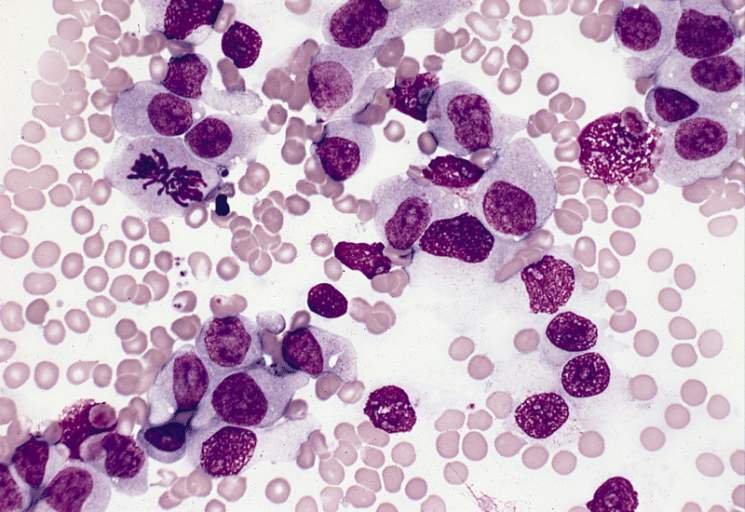
Rafael Pharmaceuticals has published Phase I data from a study of its lead compound CPI-613 in combination with high-dose cytarabine and mitoxantrone for the treatment of relapsed or refractory acute myeloid leukaemia (AML).
The company, which is known for its work in metabolism-based therapeutics, published the results in the most recent online edition of AACR’s Clinical Cancer Research.
CPI-613 is Rafael’s leading drug candidate. It is a first-in-class anticancer compound which works by targeting mitochondrial metabolism and thus inhibiting the altered energy production pathways in cancer cells.
Cytarabine is a chemotherapy used to treat AML, acute lymphocytic leukemia, chronic myelogenous leukaemia, and non-Hodgkin’s lymphoma. Mitoxantrone is an anthracenedione antineoplastic agent used to treat metastatic breast cancer, acute myeloid leukaemia, and non-Hodgkin’s lymphoma.
The Phase I study examined the role of mitochondrial metabolism in chemotherapy response, as well as the maximum tolerated dose (MTD), efficacy and safety of CPI-613 in combination with high-dose cytarabine and mitoxantrone.
A total of 67 patients were enrolled in the trial, with 62 evaluable for response. Overall response rate was 50%, with median survival of 6.7 months. Patients over 60 years reported a CR/CRi (complete remission/complete remission with incomplete haematological recovery) rate of 47% with a median survival of 6.9 months. The response rate for patients with poor-risk cytogenetics was also positive, with 46% achieving CR or CRi.
How well do you really know your competitors?
Access the most comprehensive Company Profiles on the market, powered by GlobalData. Save hours of research. Gain competitive edge.

Thank you!
Your download email will arrive shortly
Not ready to buy yet? Download a free sample
We are confident about the unique quality of our Company Profiles. However, we want you to make the most beneficial decision for your business, so we offer a free sample that you can download by submitting the below form
By GlobalDataResults showed CPI-613 to sensitise AML cells to chemotherapy, thus demonstrating mitochondrial metabolism to be a source of resistance.
The data supports the hypothesis that adding CPI-613 to chemotherapy is a viable option for both older patients and those with poor-risk cytogenetics.
“These data are very encouraging, especially for patients 60 years of age or older who have historically done very poorly with this disease,” Rafael CMO Dr Timothy Pardee said.
“We look forward to the opening of our randomized study to further investigate this promising approach.”
CPI-613 has already received orphan drug designation as a treatment for pancreatic cancer, AML, myelodysplastic syndromes (MDS), Burkitt’s lymphoma, and T-cell lymphoma.
Acute leukaemia is defined according to the type of white blood cells affected; either the lymphocytes or myeloid cells. AML is an aggressive cancer affecting the latter type of cells, with symptoms including paleness, tiredness, lack of breath and frequent infections. In more severe cases, AML can make patients susceptible to life-threatening infections or severe internal bleeding.
Refractory leukaemia refers to cases when patients have residual leukemic cells in their bone marrow following treatment. Relapsed leukaemia is when patients achieve remission but then see a return of leukaemia cells in the bone marrow and a decrease in normal blood cells. Current treatment options include drugs not used in the initial course of therapy, or stem cell transplants.







